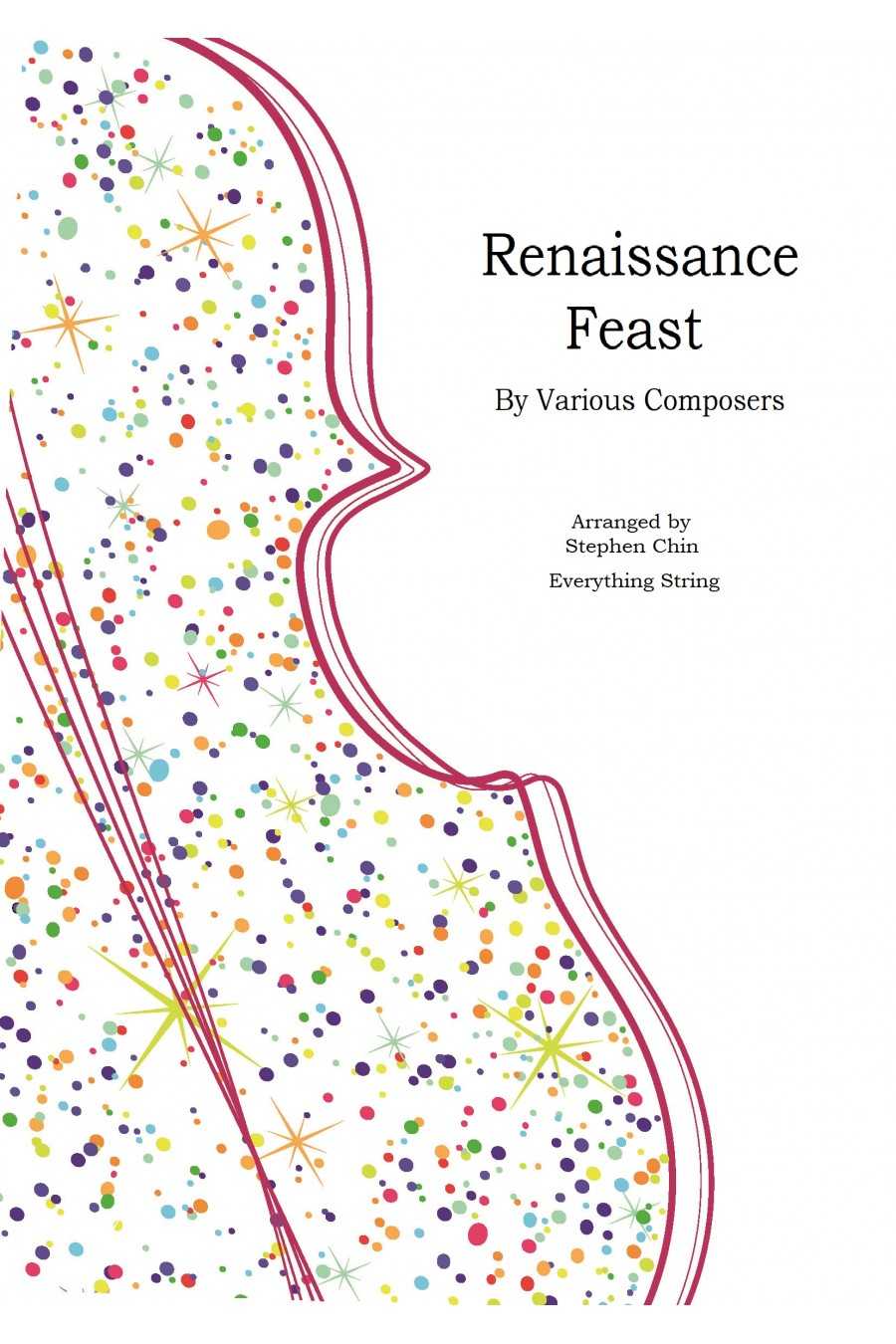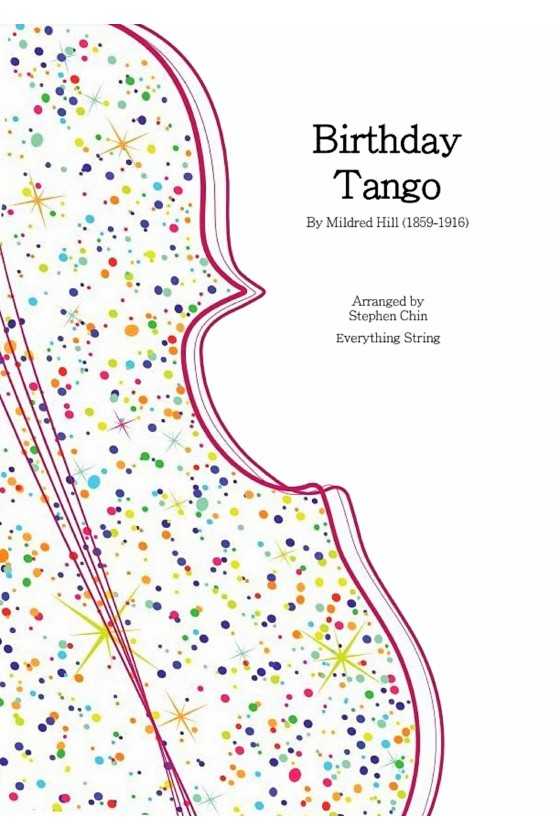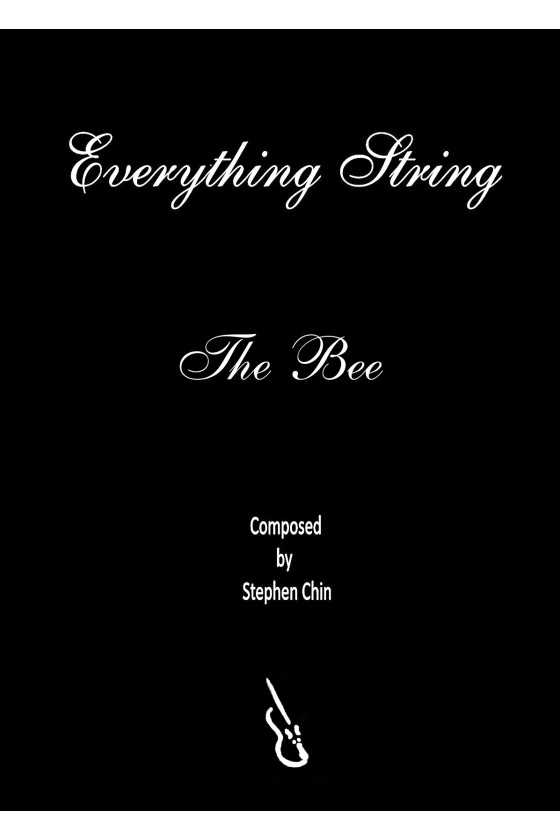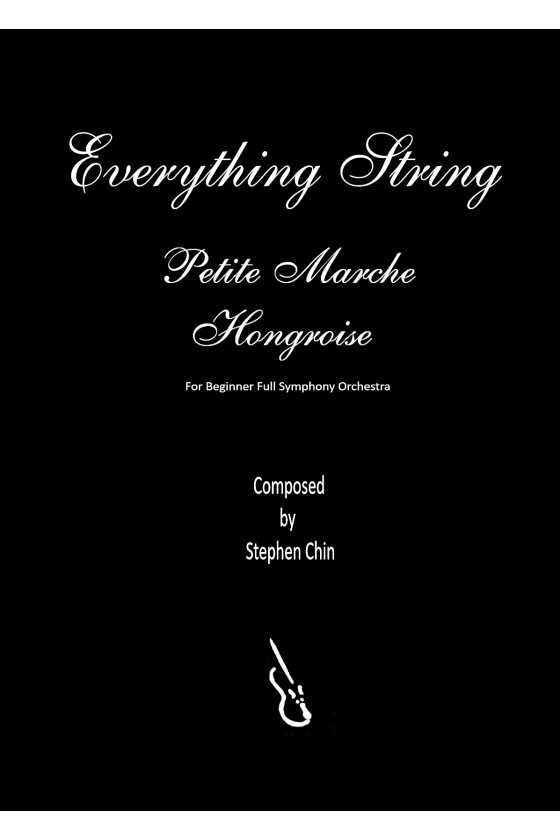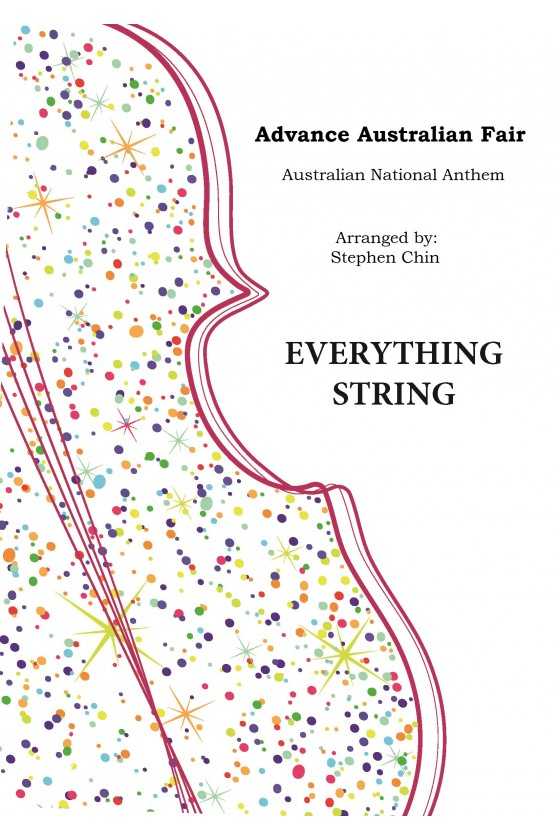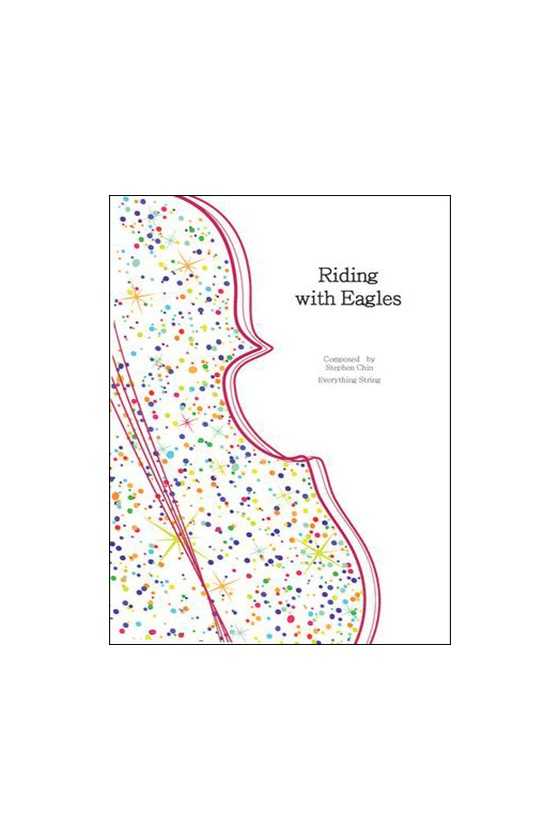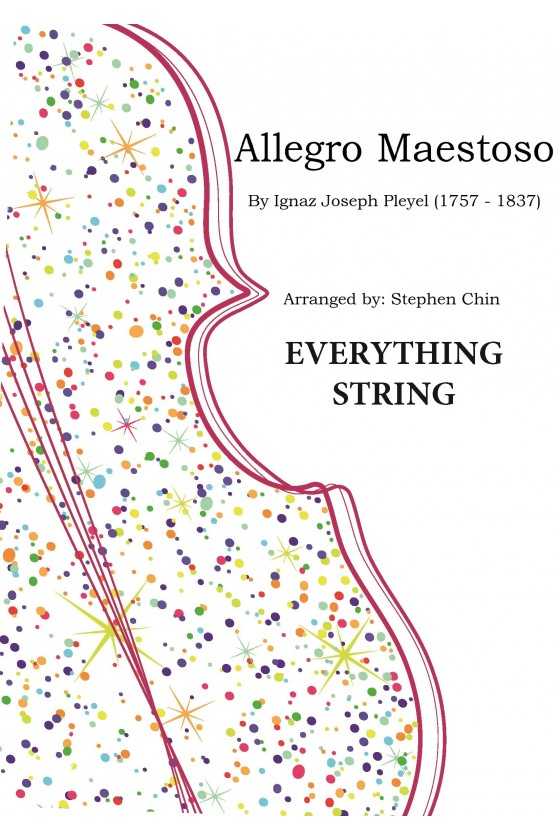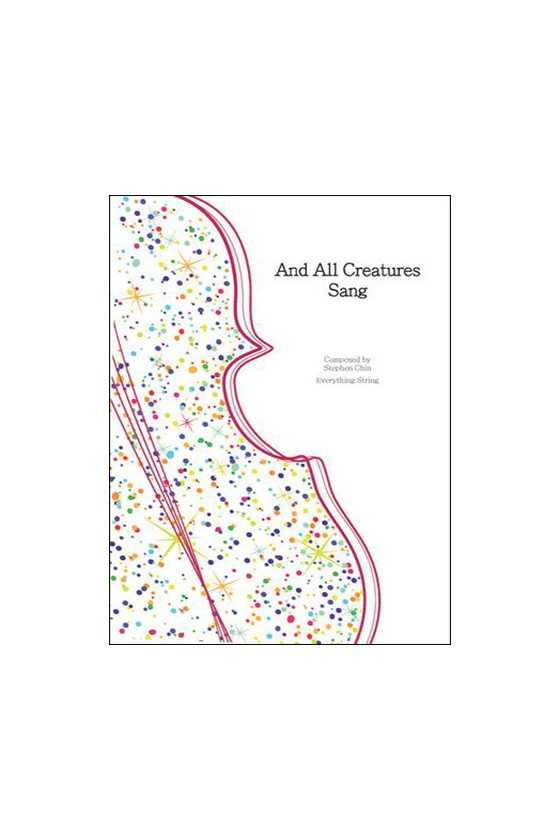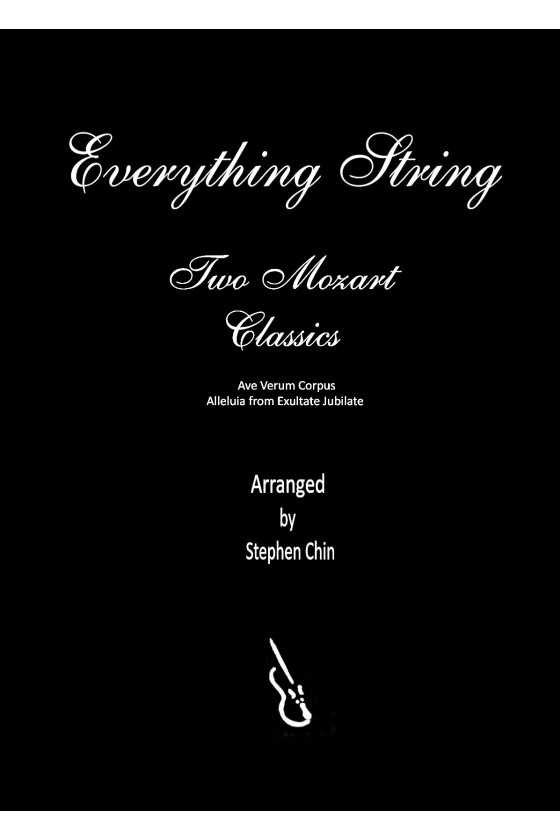Renaissance Feast By Various Composers Arr. Stephen Chin
As you sit down to your meal, let the music of the Renaissance transport you to another time and place. This remarkable collection of seven compositions, which even includes a work by Henry VIII, offers a delightful variety of styles from different parts of Europe. Intermediate players will relish the chance to explore these diverse musical traditions, while the homophonic writing style encourages the development of accurate intonation and uniform bowing techniques. So go ahead, indulge in good food, dance to the music, and immerse yourself in the magic of the Renaissance.
For String Orchestra Level 2
